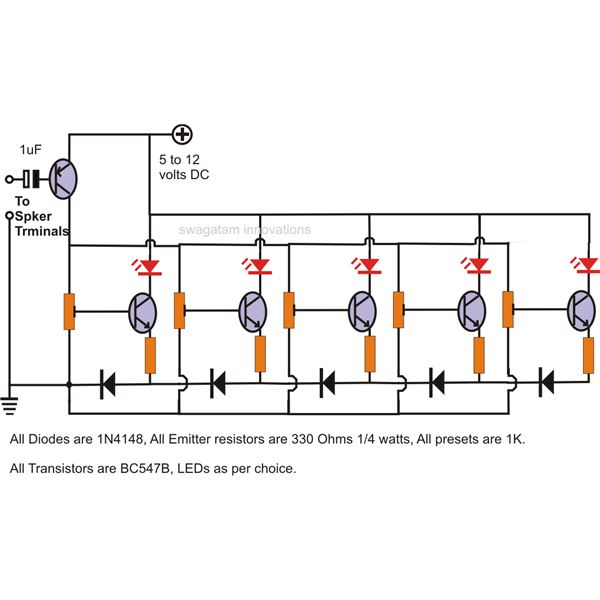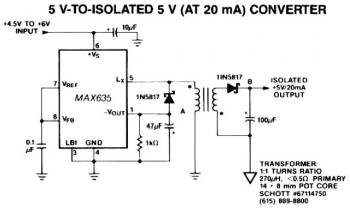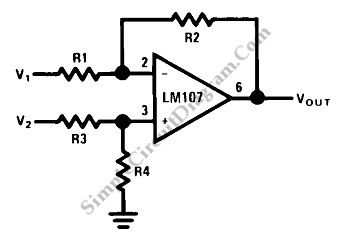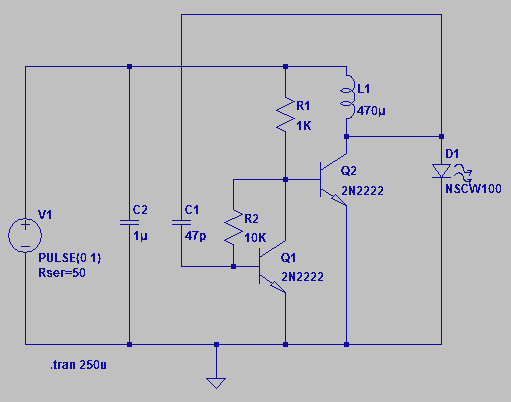
2-5-cell lithium battery charger circuit
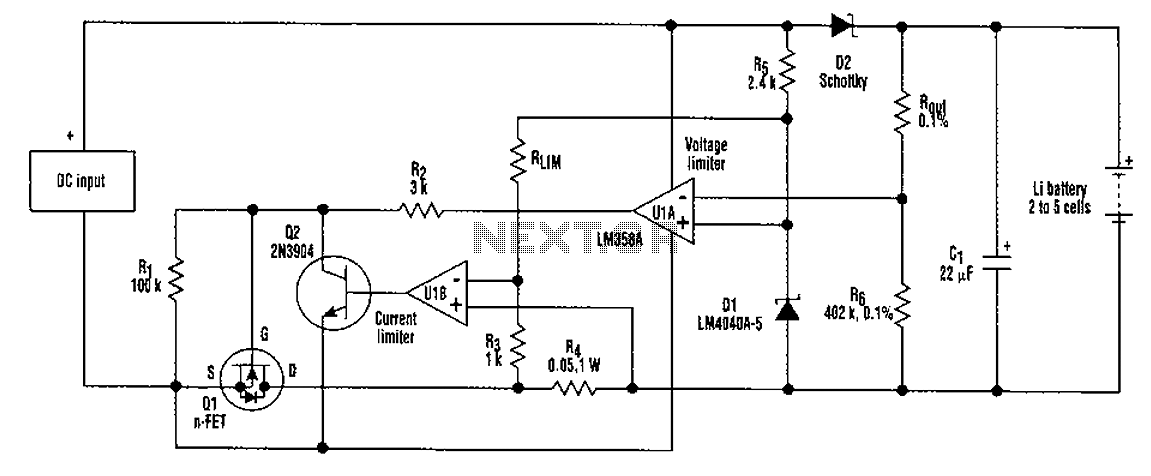
A universal rechargeable lithium battery circuit design, applicable to different battery types and numbers of batteries. This is because both the charger output voltage or current limit setpoint and the maximum charging current can be adjusted by simply changing the resistor.
The universal rechargeable lithium battery circuit is engineered to accommodate various lithium battery types, providing flexibility in both the number of cells used and their specific characteristics. The circuit's design allows for the adjustment of the charger output voltage and current limit setpoint, which is crucial for optimizing charging conditions tailored to the specific battery chemistry and configuration.
At the heart of this design is a voltage regulation mechanism that ensures the output voltage remains within the safe operating limits of the lithium batteries, preventing overcharging and potential damage. This is achieved through a combination of operational amplifiers and feedback loops that monitor the charging voltage and adjust it according to the selected resistor values.
The current limit feature is equally important, as it prevents excessive current from flowing into the batteries during the charging process. By varying the resistance in the circuit, the maximum charging current can be set to match the specifications of the connected battery. This adaptability makes the circuit suitable for a wide array of applications, from small consumer electronics to larger battery banks used in renewable energy systems.
Additionally, safety features such as thermal protection and short-circuit prevention can be integrated into the design, further enhancing the reliability of the charger. The inclusion of LED indicators can provide visual feedback on the charging status, indicating when the batteries are fully charged or if there are any issues during the charging process.
Overall, the universal rechargeable lithium battery circuit design offers a versatile and efficient solution for charging various lithium battery types, with adjustable parameters that ensure optimal performance and safety.A universal rechargeable lithium battery circuit design, applicable to different battery types and number of batteries. This is because both the charger output voltage or curre nt limit setpoint or the maximum charging current can be adjusted by simply changing the resistor.
The universal rechargeable lithium battery circuit is engineered to accommodate various lithium battery types, providing flexibility in both the number of cells used and their specific characteristics. The circuit's design allows for the adjustment of the charger output voltage and current limit setpoint, which is crucial for optimizing charging conditions tailored to the specific battery chemistry and configuration.
At the heart of this design is a voltage regulation mechanism that ensures the output voltage remains within the safe operating limits of the lithium batteries, preventing overcharging and potential damage. This is achieved through a combination of operational amplifiers and feedback loops that monitor the charging voltage and adjust it according to the selected resistor values.
The current limit feature is equally important, as it prevents excessive current from flowing into the batteries during the charging process. By varying the resistance in the circuit, the maximum charging current can be set to match the specifications of the connected battery. This adaptability makes the circuit suitable for a wide array of applications, from small consumer electronics to larger battery banks used in renewable energy systems.
Additionally, safety features such as thermal protection and short-circuit prevention can be integrated into the design, further enhancing the reliability of the charger. The inclusion of LED indicators can provide visual feedback on the charging status, indicating when the batteries are fully charged or if there are any issues during the charging process.
Overall, the universal rechargeable lithium battery circuit design offers a versatile and efficient solution for charging various lithium battery types, with adjustable parameters that ensure optimal performance and safety.A universal rechargeable lithium battery circuit design, applicable to different battery types and number of batteries. This is because both the charger output voltage or curre nt limit setpoint or the maximum charging current can be adjusted by simply changing the resistor.
